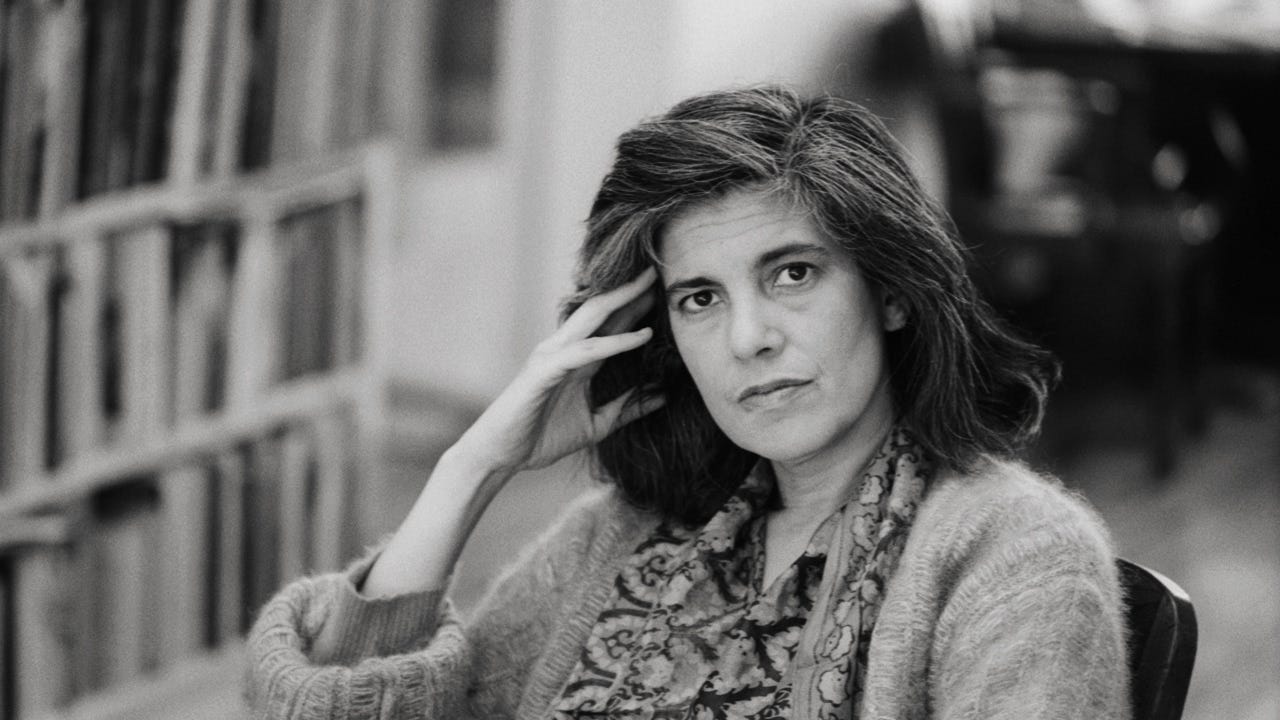The Invisible Trap of Images
Sontag's Warning for a Visually Saturated World
Susan Sontag’s prescient critiques of cultural "chromophobia" and the overwhelming visual saturation of mass media offer a chilling prophecy for our modern world. This full-length article dives into how the constant stream of images and a subtle fear of aesthetic complexity may be subtly eroding our capacity for deep thought and genuine experience, and provides strategies for reclaiming critical engagement in our visually saturated age.
The Big Question: Drowning in the Visual Deluge?
We live in a world awash with images. From the moment we wake to the glow of our smartphones, through the curated feeds of social media, the relentless news cycles, and the endless stream of entertainment, our eyes are constantly bombarded. It feels like an unprecedented era of visual information and aesthetic accessibility. But what if this visual abundance, far from enriching us, is slowly eroding our capacity for deep engagement and critical thought? This is the unsettling question that arises from revisiting the profound insights of cultural critic Susan Sontag.
Sontag, writing decades before the advent of Instagram or TikTok, was acutely aware of the insidious ways mass media and an underlying cultural “chromophobia” could flatten our understanding of reality. For me, her work offers a vital lens through which to examine our contemporary predicament: How does mass media's relentless visual saturation and its underlying
Sontag's "Chromophobia": Decoding the Fear of Depth
Sontag's concept of “chromophobia,” first explored in her 1999 essay collection, extends far beyond a literal aversion to vibrant colors. It is, as I interpret it, a profound cultural fear of the messy, the complex, the ambiguous, and the emotionally charged – a preference for clarity, purity, and often, superficiality in aesthetic expression. She observed how art and media often retreat from the
The Aesthetic Decline: From Meaning to Mere Spectacle
The implications of this aesthetic preference, amplified by an ever-increasing visual saturation, are, in my view, profoundly concerning. When chromophobia dictates our cultural output, and visual overload becomes the norm, the distinction between genuine experience and mere spectacle blurs. We begin to consume reality as a series of detached images, much like we scroll through a feed, rather than engaging with it as a multifaceted, often uncomfortable, truth.
The relentless deluge of images in mass media does not clarify reality; it obscures it, turning genuine experience into a sequence of mere aesthetic events, flattening our capacity for moral engagement.
– Susan Sontag
This constant stream of images, devoid of contextual depth and often filtered through a chromophobic lens, can lead to a desensitization of our emotional and ethical faculties. How many harrowing images of global suffering have we scrolled past today, barely registering their impact before the next visually arresting, yet equally superficial, content captures our attention? The true danger lies not in seeing too much, but in seeing everything and understanding nothing. It is a state where critical discernment withers, and our capacity for empathy is dulled, replaced by a detached, aestheticized consumption of the world.
Reclaiming Vision: Strategies for Critical Engagement
So, how do we reclaim our vision and cultivate a deeper engagement with the world in the face of such pervasive forces? Sontag's critique isn't a call for Luddism, but for a conscious recalibration of our attention and our aesthetic values. I believe it demands a renewed commitment to critical visual literacy.
First, we must become vigilant consumers of media, questioning the framing, context, and intent behind the images presented to us. Ask yourself: What is being shown, and more importantly, what is being omitted? Does this image invite genuine reflection or merely superficial reaction? Second, actively seek out complexity and ambiguity in art and life. Embrace works that challenge your assumptions, that are uncomfortable, and that resist easy categorization. Engage with the



